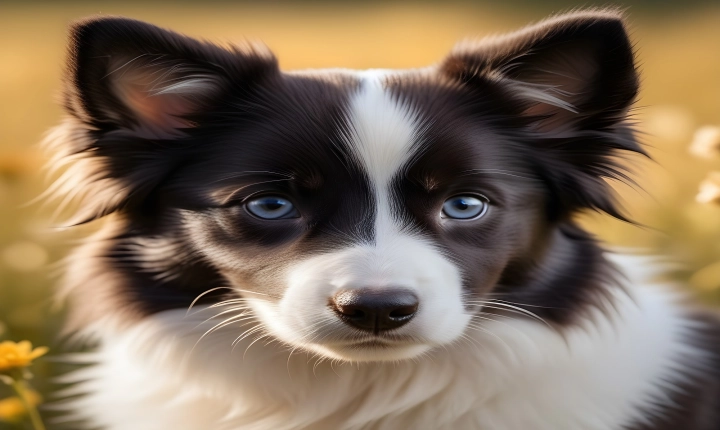Is AI stealing from artists?
Artificial intelligence (AI) has made significant advancements in recent years, especially in the realm of creating artworks. AI algorithms can now generate music, paintings, and even literature, raising questions about the potential impact of AI on artists and the creative industry as a whole.
One of the primary concerns surrounding AI-generated art is the issue of attribution and ownership. When an AI algorithm creates a piece of music or a painting, who should be credited as the artist? If the AI’s creator or programmer claims ownership, does this diminish the value of artists’ work, as well as their ability to earn a living from their creations?
In some cases, AI-generated art has even been mistaken for the work of human artists. For example, a painting created by an algorithm was recently sold for a significant amount at an art auction. This raises questions about the value and authenticity of AI-generated art and its potential impact on the existing art market.
Furthermore, the commercialization of AI-generated art raises questions about the ethical implications of profiting from the work of algorithms. Should the profits from the sale of AI-generated art go to the individuals who created the AI, or should a portion be allocated to the broader creative community to support human artists?
On the other hand, proponents of AI-generated art argue that it represents a new form of creative expression and can complement, rather than replace, human creativity. They argue that AI can be used as a tool to inspire and collaborate with human artists, rather than as a replacement for their work.
In addition, AI-generated art has the potential to democratize the creative process, making it accessible to a wider audience. By allowing individuals who may not have traditional artistic skills to create and express themselves through AI, the technology can be seen as a tool for inclusion and diversity in the arts.
As AI continues to advance, it is crucial for the creative industry to address the ethical, legal, and economic implications of AI-generated art. Clear guidelines and regulations may be needed to protect the rights of human artists and ensure fair compensation for their work, while also acknowledging the potential of AI to contribute to artistic innovation and creativity.
Ultimately, the question of whether AI is “stealing” from artists is complex and multifaceted. As AI continues to evolve, it is essential for stakeholders in the creative industry to work together to find solutions that balance the opportunities and challenges presented by AI-generated art. Only with careful consideration and collaboration can the potential of AI in the arts be fully realized, while safeguarding the rights and livelihoods of human artists.
